

Agam Kuan (Hindi: अगम कुआं, "unfathomable well") is an ancient well and archaeological site in Patna, India. It is said to date back to the period of Mauryan emperor, Ashoka (304–232 BCE). It is circular in shape, lined with brick in the upper 13 metres (43 ft) and wooden rings in the remaining 19 metres (62 ft).[citation needed] The Agam Kuan is set within an archaeological site identified by the Archaeological Survey of India which also contains the adjacent Shitala Devi temple where the Shakti deity Shitala Devi is venerated. Inside this temple, the pindas of the Saptamatrikas (the seven mother goddesses) are worshipped. The temple is widely revered for its belief in curing smallpox and chicken pox.
In addition to the Agam Kuan, the archaeological site features a temple, as well as several ancient and medieval sculptures. The Shitala Devi temple is adjacent to the well, and is dedicated to Shitala Devi, which houses the pindas of the Saptamatrikas (the seven mother goddesses). The temple is widely venerated for its belief in curing smallpox and chicken pox, and it is also visited by devotees for wish fulfillment.[1][11] The temple's female priest is an uncommon practice.[9] A statue of Yaksha of the Mauryan art period stands guard outside the temple. It was described earlier by Alexander Cunningham when he visited the site in 1879–80.[12] This artifact is not traceable in the present day.[1]
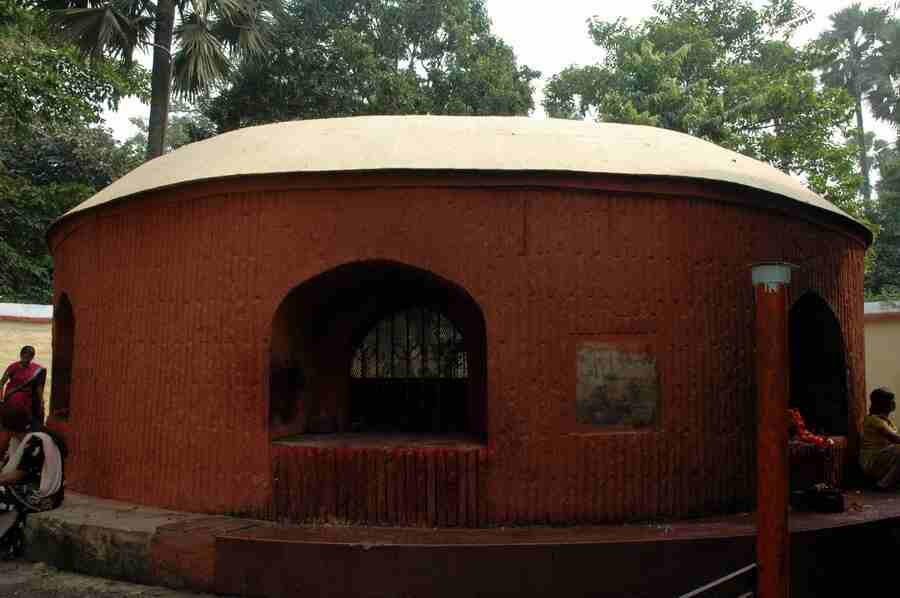
During the 1890s, the British explorer, Laurence Waddell, while exploring the ruins of Pataliputra, identified Agam Kuan as the legendary well built by Ashoka for the purpose of torture before he embraced Buddhism,[3] as part of Ashoka's Hell chambers.[4] The torture practice was also reported by Chinese travellers (most probably Fa Hien) of the 5th and 7th centuries A.D.[1] The well is stated to have been used to torture convicts by throwing them into the fire that used to emanate from the well. Ashoka's Edict no. VIII makes mention of this well, which was also known as "fiery well" or "hell on earth".[3] Another popular legend states that this was the well where Ashoka threw 99 of his elder half-brother's heads and put the heads in the well to obtain the throne of the Mauryan Empire.[1] However, in archaeological surveys, no evidence of head bones or a skeleton has been discovered from the well, which contradicts the Buddhist Sinhalese legend.[5] According to a myth, the well has a subterranean link with the Patala (netherworld) or hell; this was inferred on the basis that a saint found a heavy log in the well which was supposed to have been lost in the sea. Another geo-hydrological link suggested that Agam Kuan is connected to the Ganges river.[2][6] [7] The site is also connected with several Jain legends, the most notable of them being that of a Jain monk, Sudarshana, who, when thrown into the well by a king named Chand, floated to the surface and was found seated on a lotus.[1] Statue of Matrikas found near Agam Kuan. Visitors throw coins into Agam Kuan,[8] as it is still considered auspicious. It is used for many religious ceremonies, especially Hindu weddings.[1] Although it is venerated, the well waters are not consumed.[2] Offerings of flowers and coins are thrown into the well usually during summer months as the well's history is linked to "heat and hell". Dating to Mohammedan rule, the Mughal officials offered coins of gold and silver to Agam Kuan.[9]
The structure is 105 feet (32 m) deep, circular in plan, with a diameter extending over 4.5 metres (15 ft). It is brick-encased in the upper half to a depth of 44 feet (13 m) while the lower 61 feet (19 m) are secured by a series of wooden rings. Covered with moss, the surface structure, which now covers the well and forms its most distinctive feature, has eight arched windows.[1] The well was refurbished during the reign of Emperor Akbar and a roofed structure was built around the well. [citation needed] This circular structure has been fitted with eight windows which are well placed.[10]
Patna boasts a rich architectural heritage, blending ancient, colonial, and modern styles. The iconic Golghar, a massive granary built by the British in 1786, offers a unique architectural design with a spiral staircase leading to panoramic city views. The Patna Sahib Gurudwara, with its elegant white facade and intricate carvings, is a marvel of Sikh architecture. The Mahavir Mandir’s towering structure showcases traditional Hindu temple architecture. The Bihar Museum, a contemporary building, stands out with its modern design, blending seamlessly with cultural exhibits. The Patna High Court building, a symbol of colonial architecture, adds to the city’s architectural diversity.
Patna comes alive with vibrant festivals and fairs that showcase its rich cultural heritage. The city is renowned for Chhath Puja, a unique four-day festival dedicated to the Sun God, celebrated with grand rituals on the banks of the Ganges, attracting thousands of devotees. Diwali, the Festival of Lights, is marked by illuminating homes and bursting fireworks. Sonepur Mela, one of Asia’s largest cattle fairs, held near Patna, is a spectacular event featuring animal trading, folk performances, and local crafts. The Patna Book Fair, one of the largest in India, brings together bibliophiles and writers, celebrating literature and knowledge.


"Discover serenity at ISKCON Patna – a spiritual haven where devotion meets peace in the heart of Bihar's capital."
For more details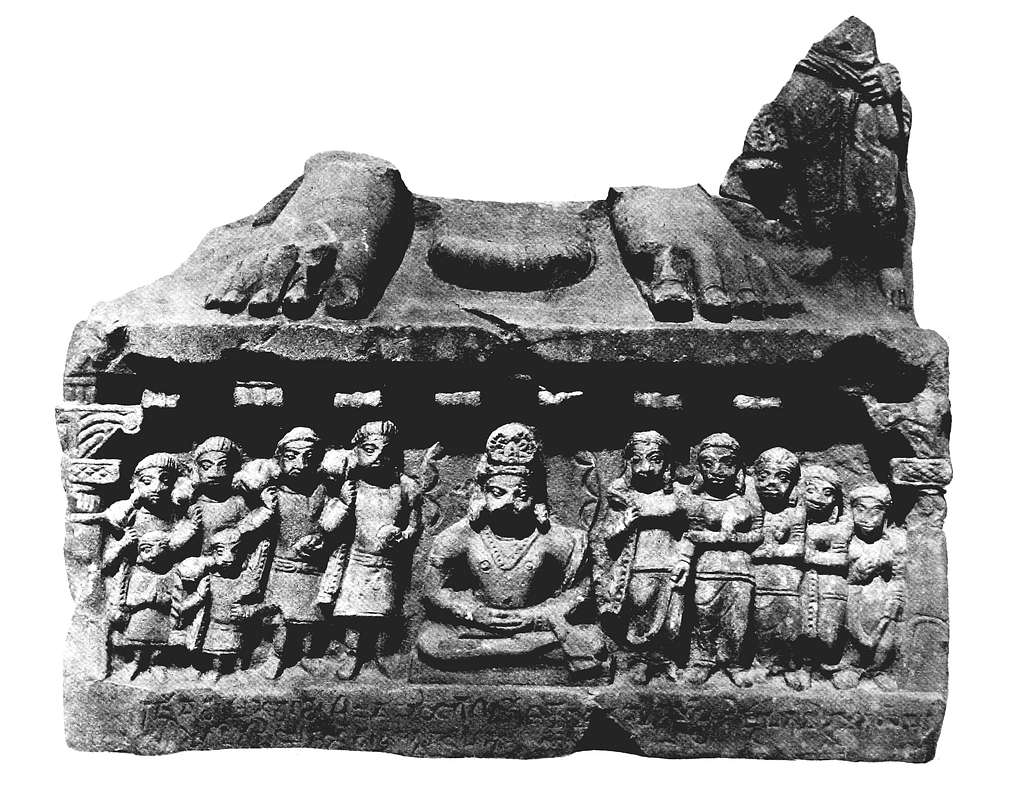
"Explore Patna Museum – a journey through Bihar's rich heritage, ancient artifacts, and timeless treasures of India's glorious past."
For more details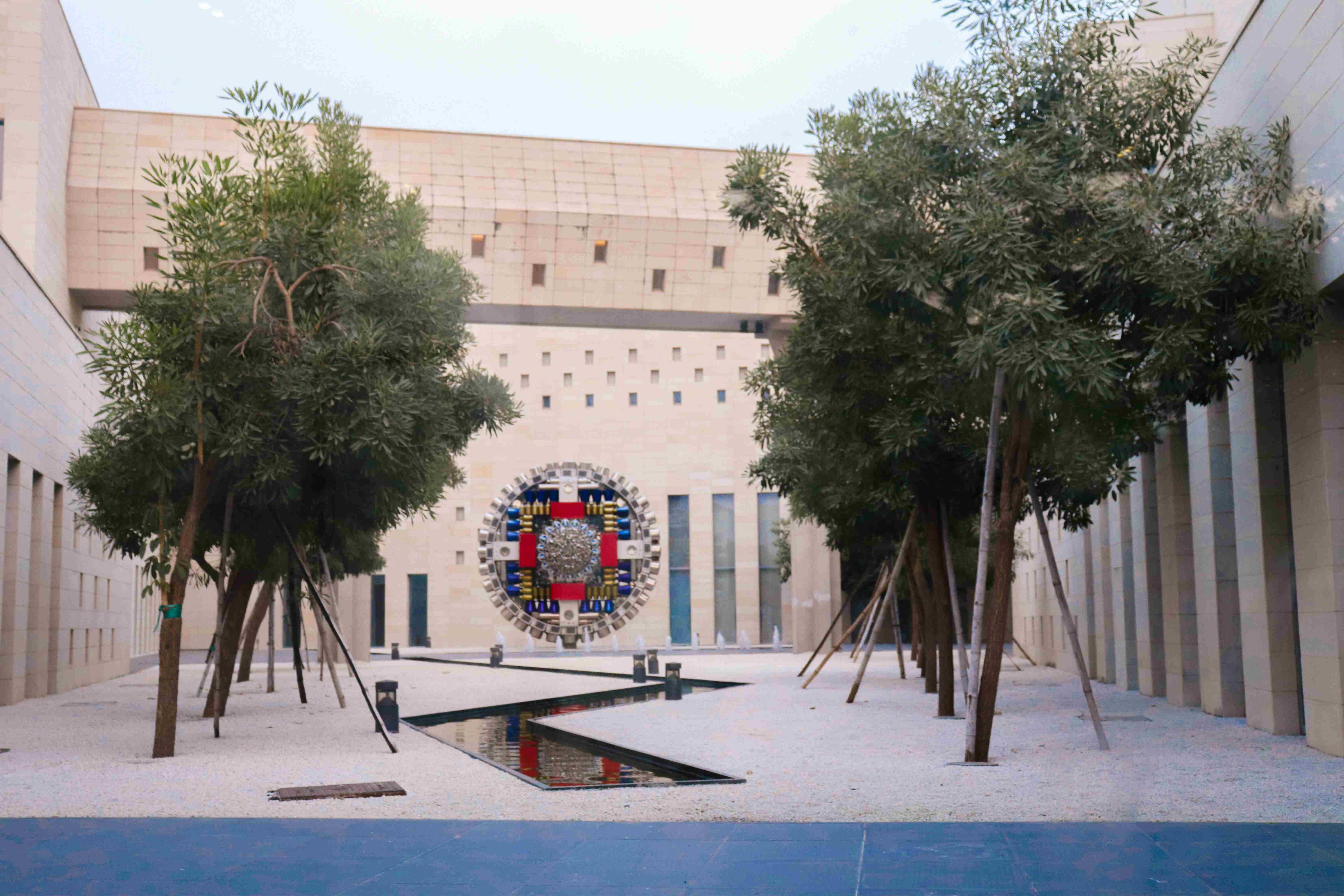
"Discover Bihar Museum – where history, art, and culture come alive, showcasing the vibrant legacy of Bihar’s ancient past."
For more details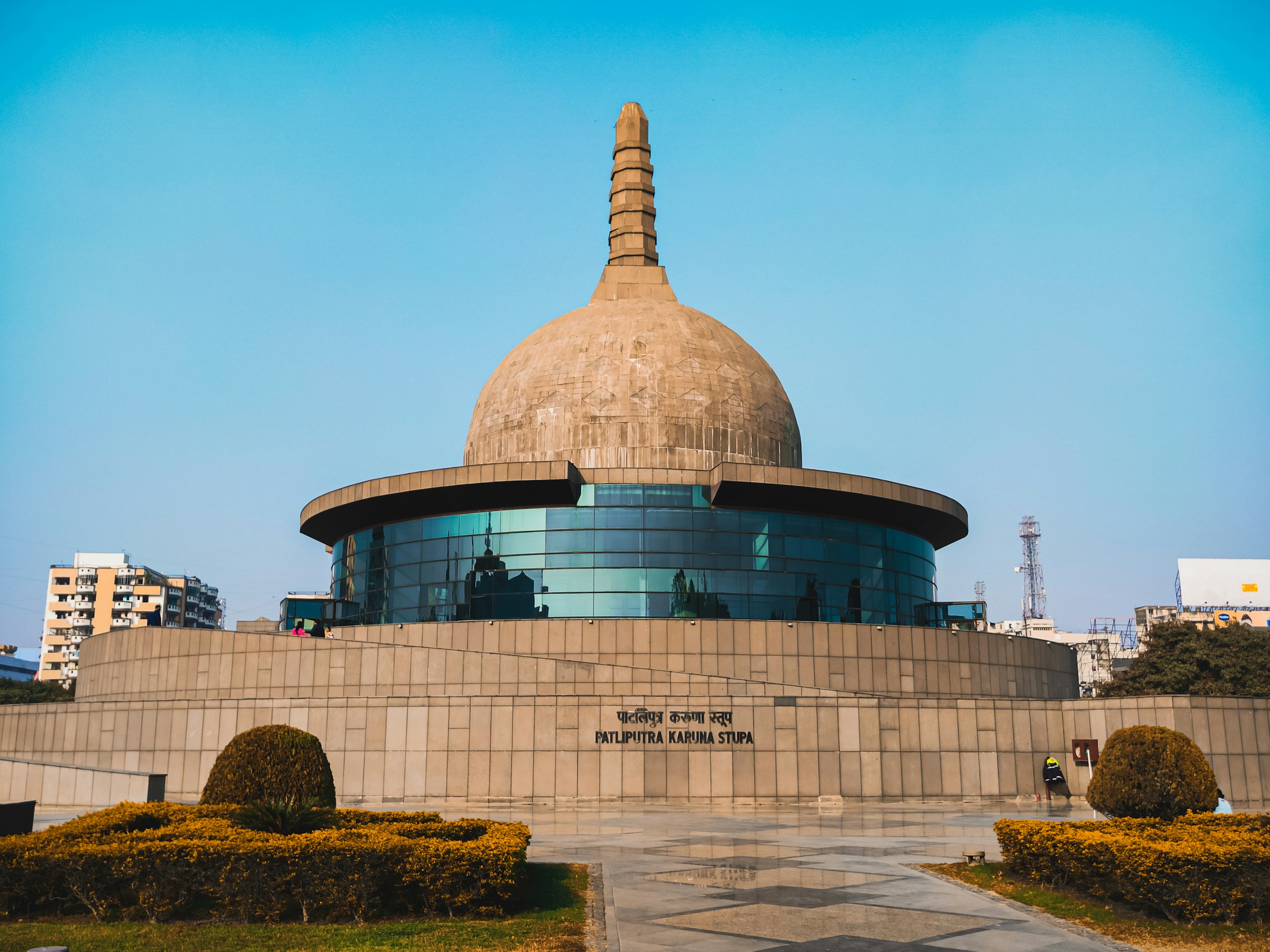
"Experience tranquility at Buddha Park – a serene escape in Patna, where peace and spirituality blend with natural beauty."
For more details
"Explore Patna Zoo – a lush green sanctuary where wildlife, nature, and adventure come together for a perfect family day out."
For more details| Location | Agamkuan, Patna, Bihar, 800007 |
| Number |


"Discover serenity at ISKCON Patna – a spiritual haven where devotion meets peace in the heart of Bihar's capital."
For more details
"Explore Patna Museum – a journey through Bihar's rich heritage, ancient artifacts, and timeless treasures of India's glorious past."
For more details
"Discover Bihar Museum – where history, art, and culture come alive, showcasing the vibrant legacy of Bihar’s ancient past."
For more details
"Experience tranquility at Buddha Park – a serene escape in Patna, where peace and spirituality blend with natural beauty."
For more details
"Explore Patna Zoo – a lush green sanctuary where wildlife, nature, and adventure come together for a perfect family day out."
For more details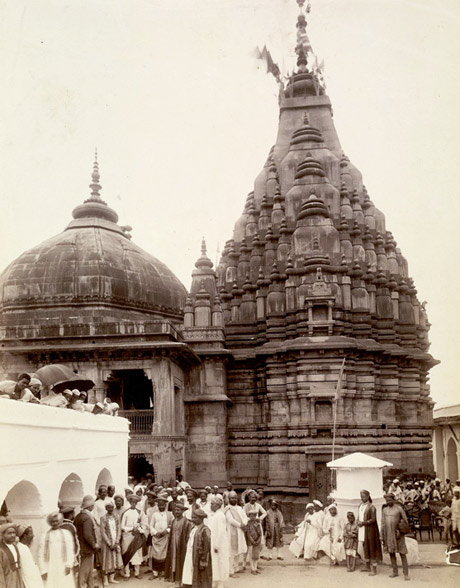
"Visit Vishnupad Temple – a sacred pilgrimage where devotion meets history, nestled in the spiritual heart of Gaya."
For more details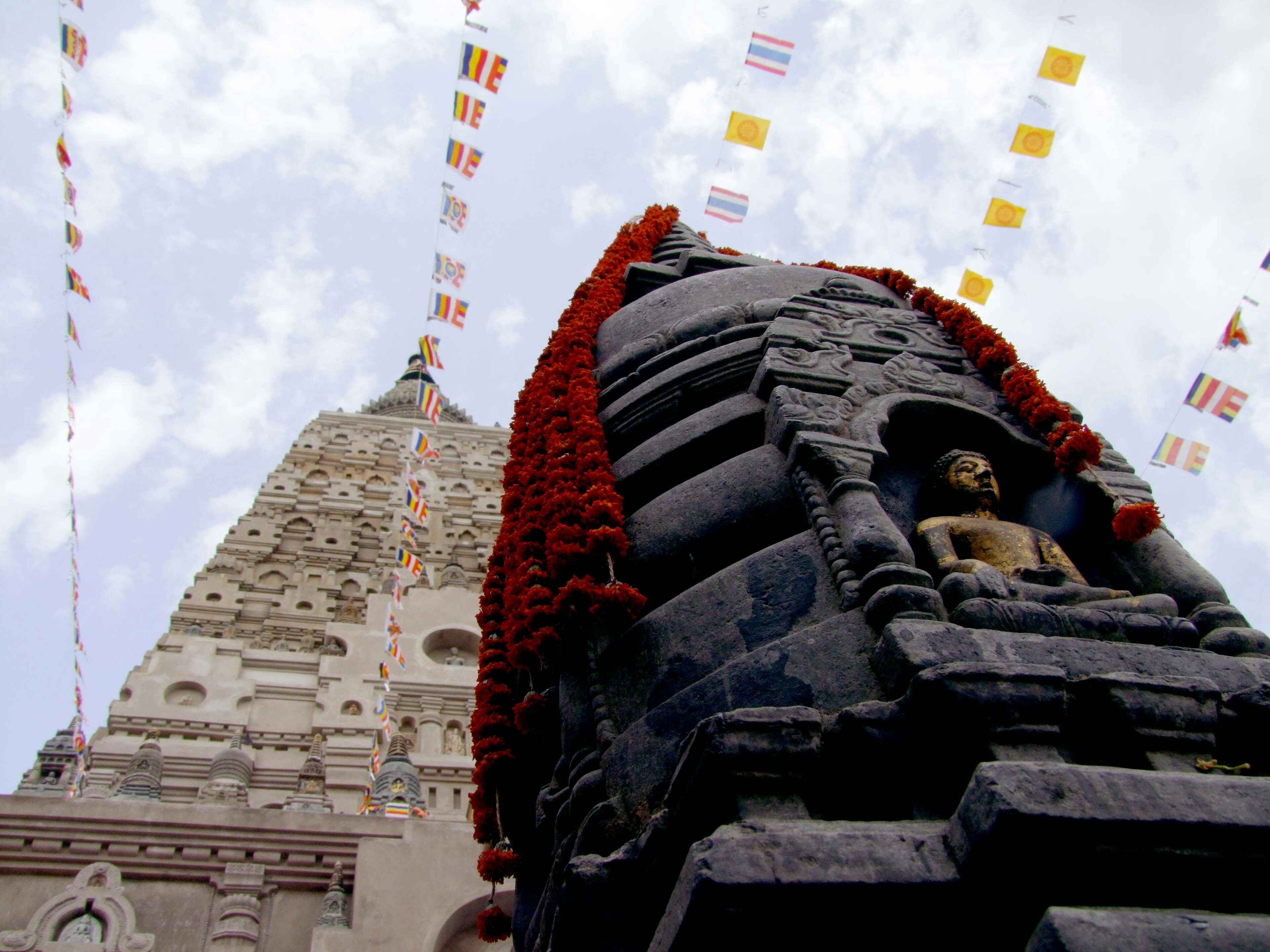
"Visit Mahabodhi Temple – a sacred pilgrimage where devotion meets history, nestled in the spiritual heart of Bodh Gaya."
For more details
"Discover Ghora Katora – a peaceful lakeside retreat near Rajgir, where nature’s beauty and serenity offer a perfect escape."
For more details
"Uncover the mystery of Barabar Caves – India’s oldest rock-cut caves, steeped in history and ancient Buddhist heritage."
For more details
"Explore Dungeshwari Cave Temples – sacred ancient caves where Lord Buddha meditated, offering spiritual peace and historical significance near Bodh Gaya."
For more details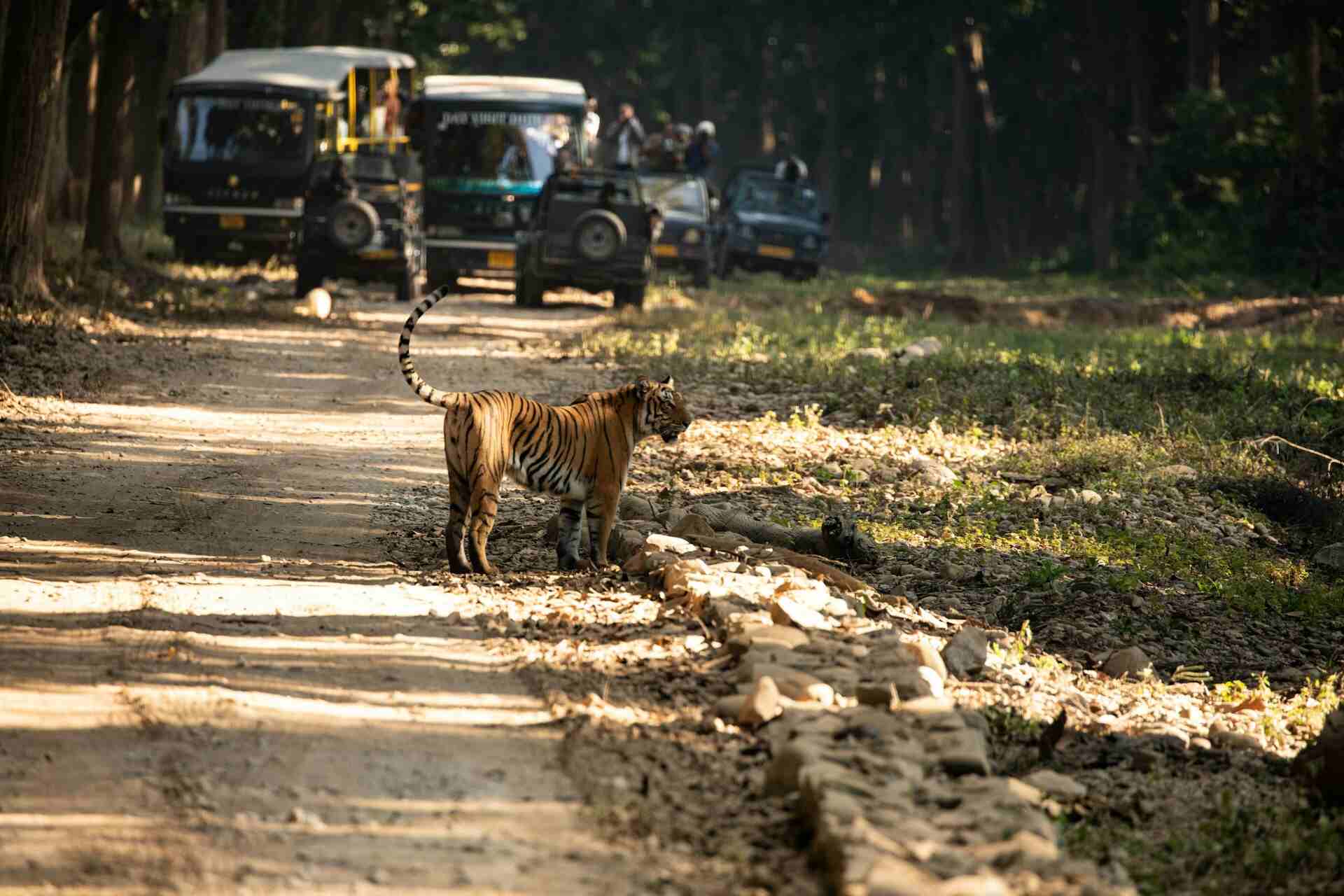
"Embark on an adventure at Rajgir Safari – a thrilling wildlife experience amidst the natural beauty and hills of Rajgir."
For more details